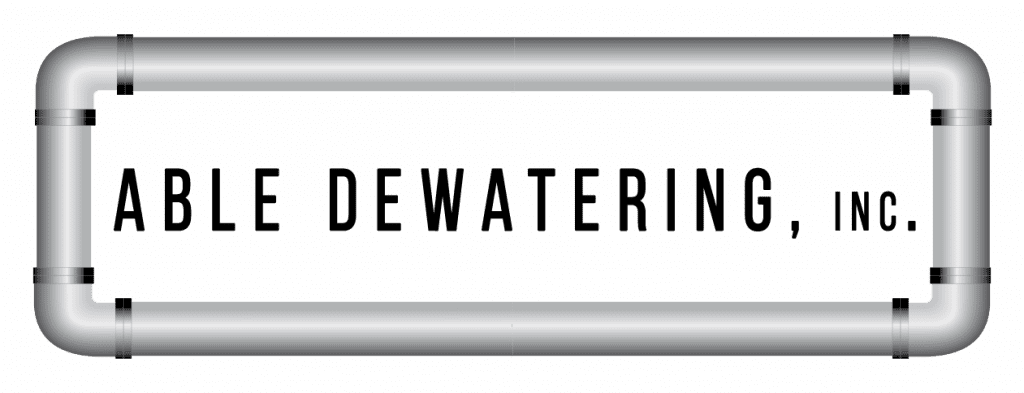Lake Juliana Estates Lift Station
Lakeland Seminole Tribe Lift Station
What is a lift station?
A lift station is used to pump sewage and wastewater from a low level to a higher level when the grading of the area does not allow for a natural flow.
There are a couple main elements to a lift station: the control panel and the wet well. The control panel is the brain of the lift station, while the wet well is the basin into which the inflow is discharged. The wet well is also where the pumps sit.
How do lift stations work?
Sewage is stored and fed into a pit. Once this sewage reaches a certain level, electrical instruments recognize that capacity has been reached and they activate the pump, which then pumps the sewage out and to its next destination. Since sewage can release poisonous gases like methane and hydrogen sulfide, most lift stations are housed underground in a confined area, to prevent health risks.
How much maintenance does a lift stations require?
The pumps, electronic controls, and electrical system are all in a constant corrosive environment, so lift stations require maintenance to head off the need for costly repairs. A professional, like Able Dewatering can ensure proper maintenance of your lift station. It is quite essential that owners of existing lift stations consult a professional to ensure the system is working sufficiently.
Proper maintenance includes wet wells being pumped out and cleaned to prevent solids and grease buildup, inspection of the pumps, greasing of the check valves, and inspections and cleaning of the floats to assure proper performance. Also included would be an inspection of all electrical motor-control equipment and of the basin, clean-outs, and covers to prevent buildup.
Lift stations are not something a business owner or homeowner thinks about until something goes wrong. Contact us today, if you have any questions. For more information on lift stations, check out this PDF provided by the EPA.

